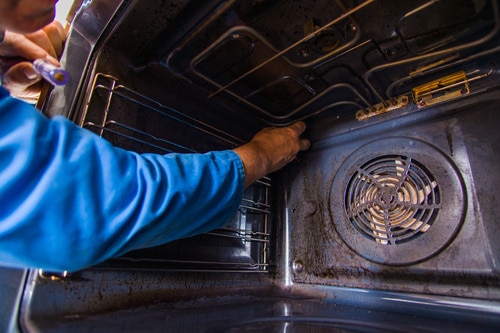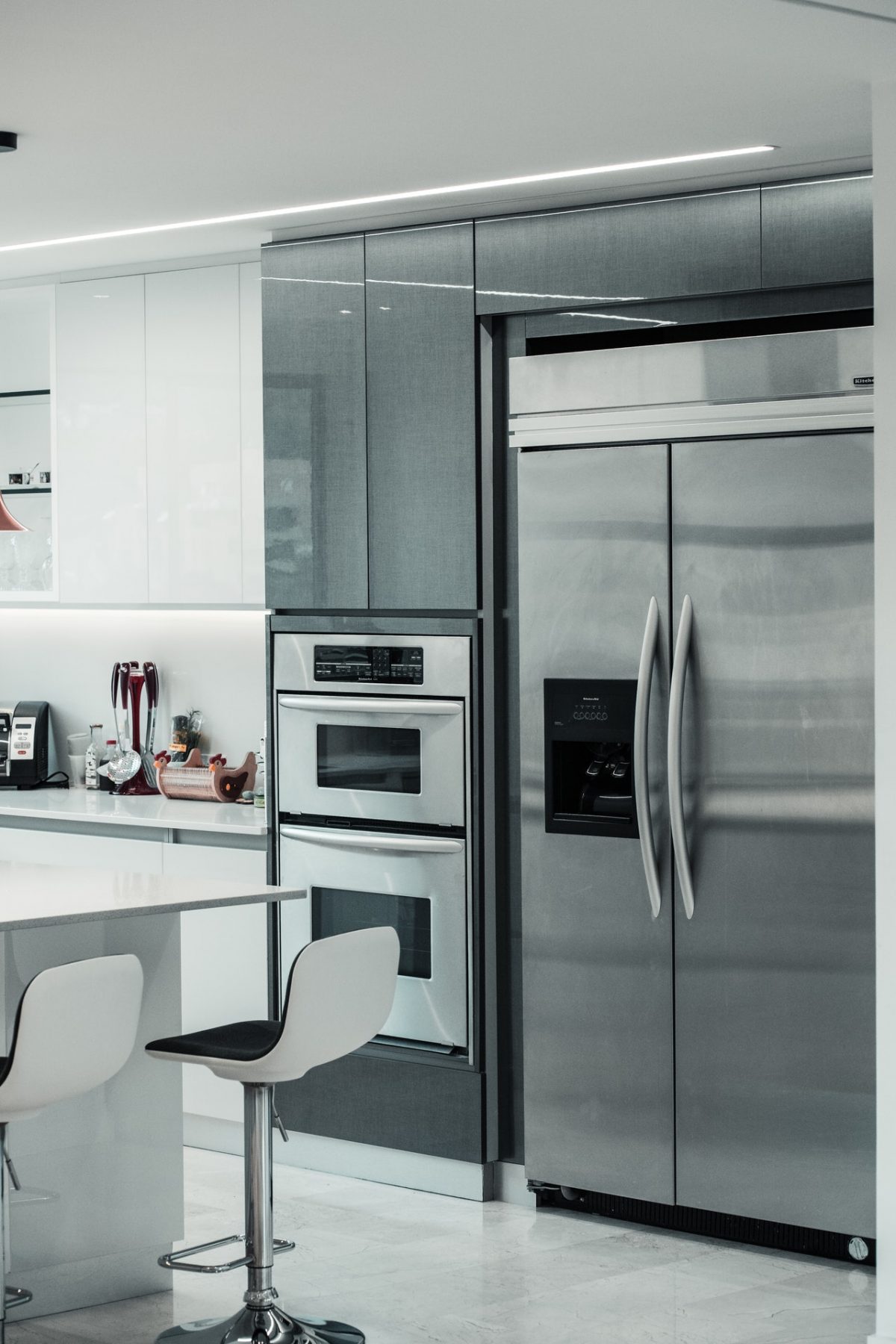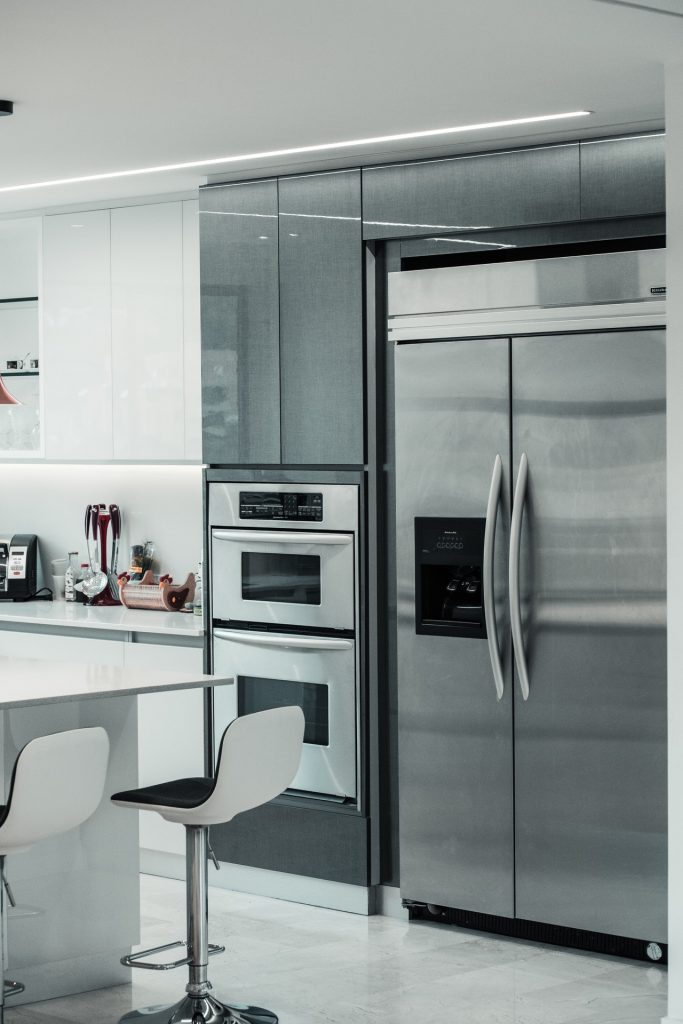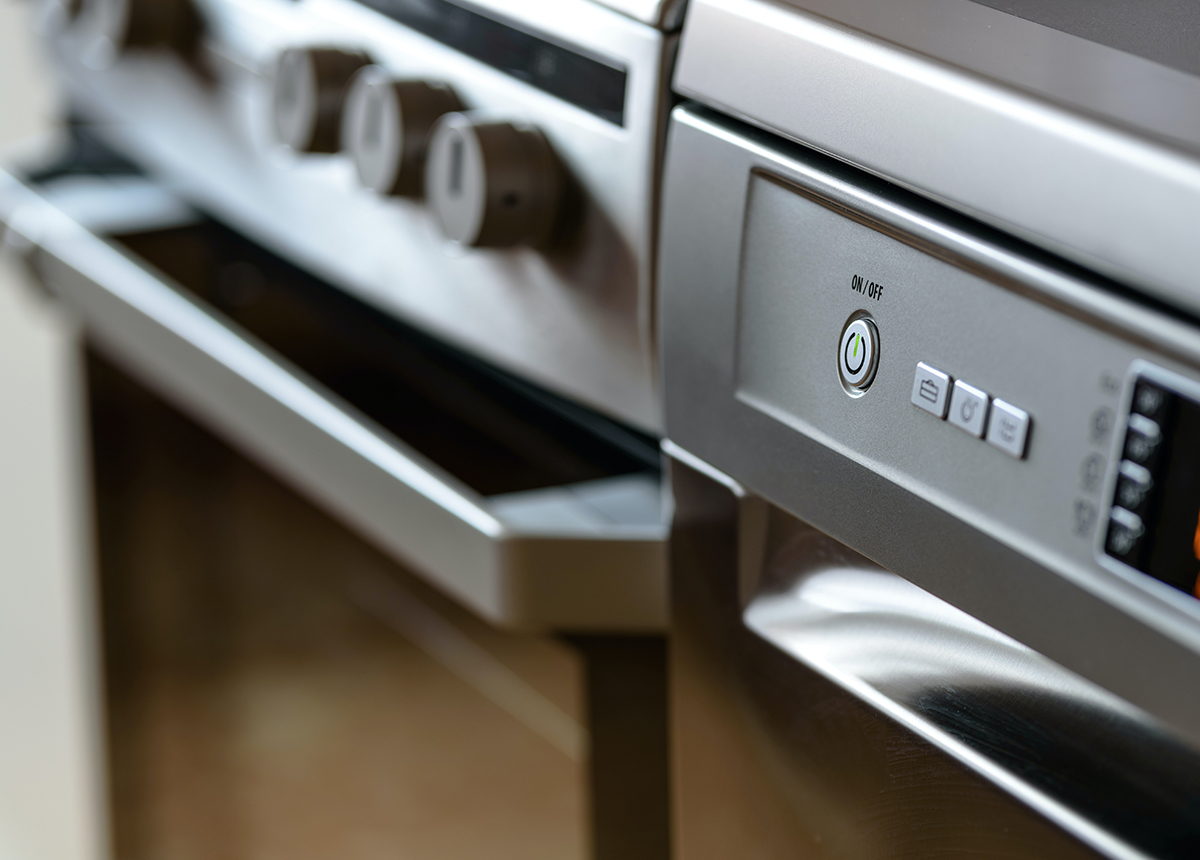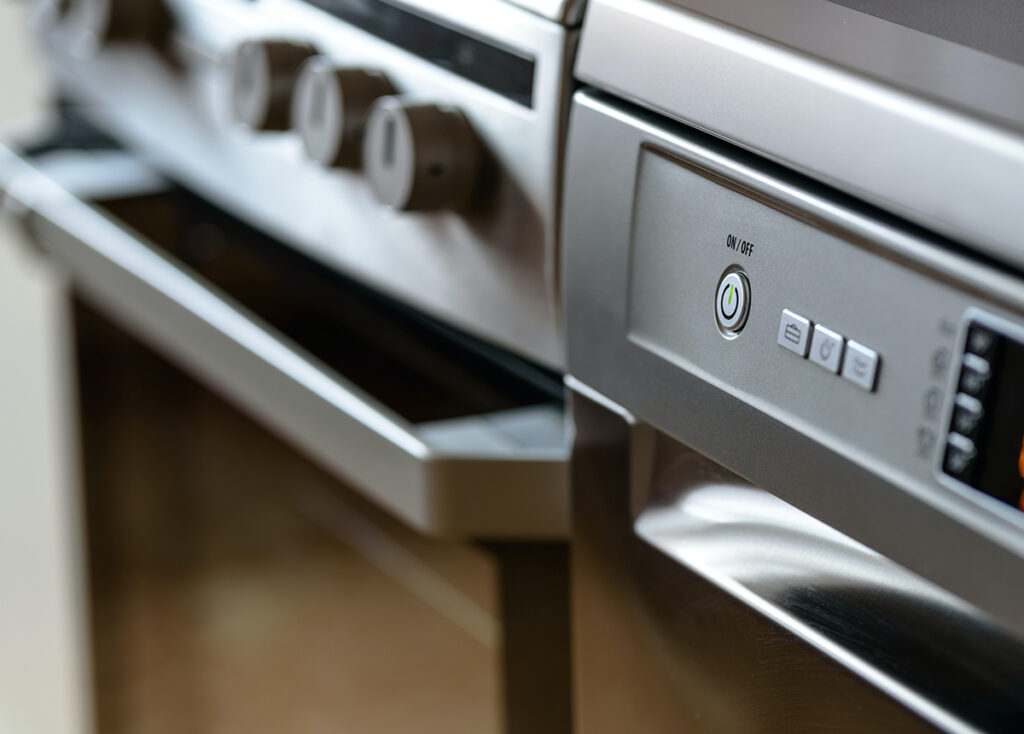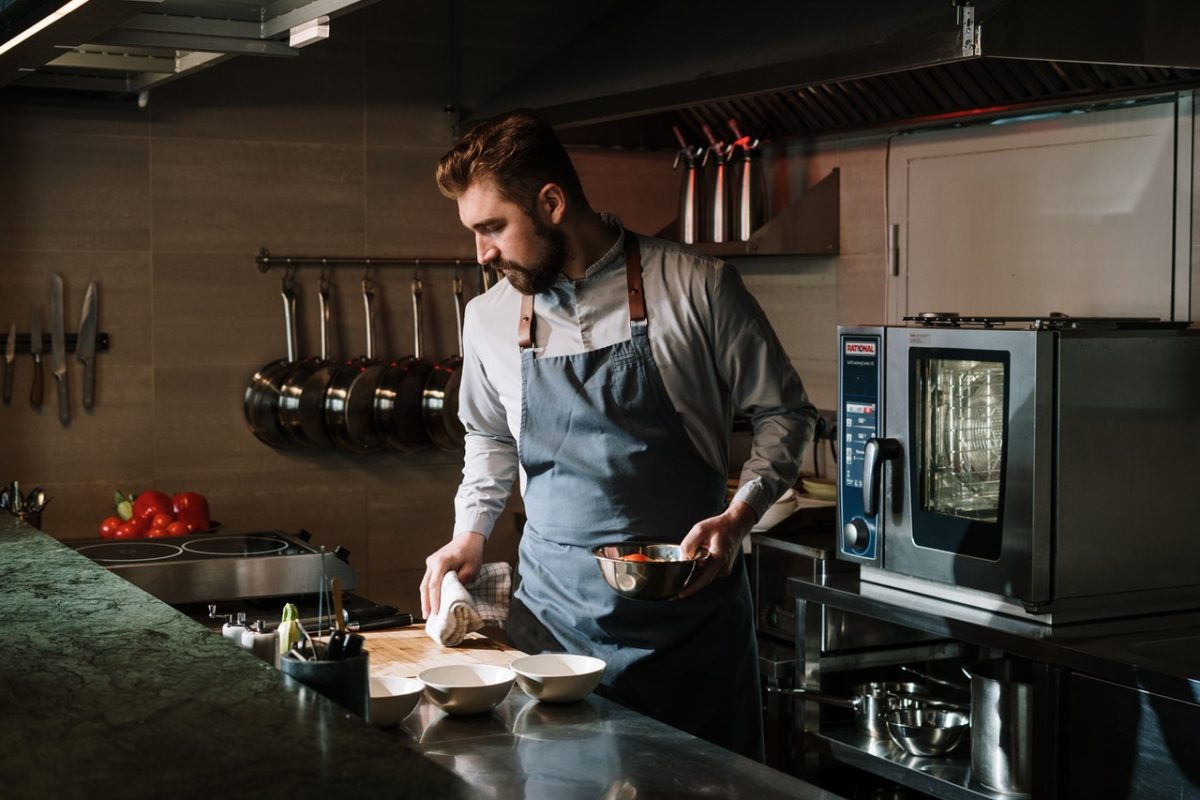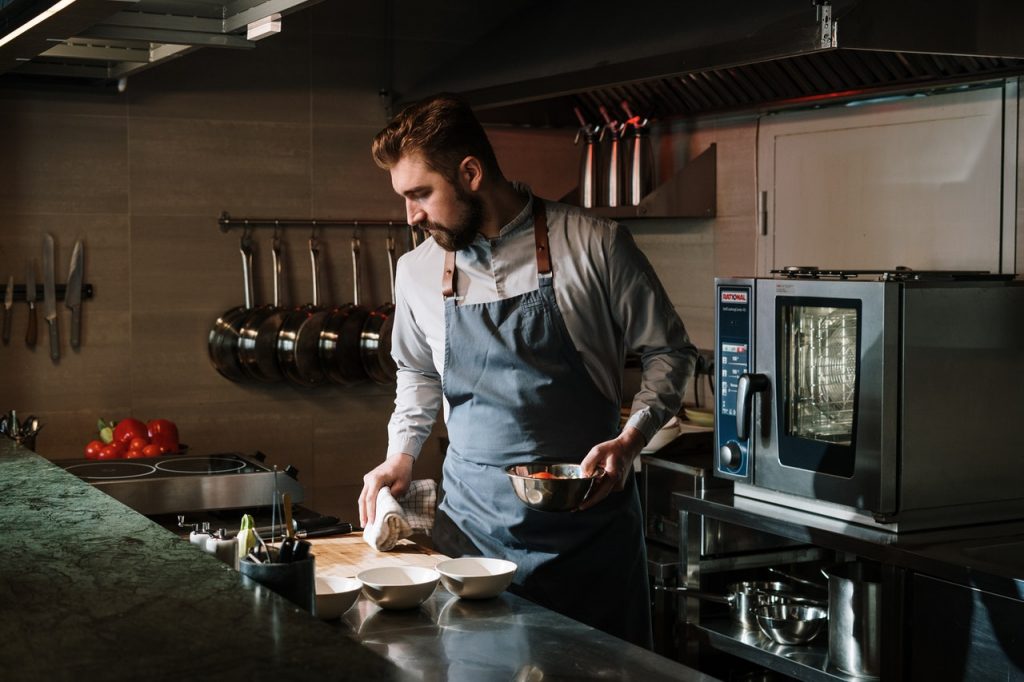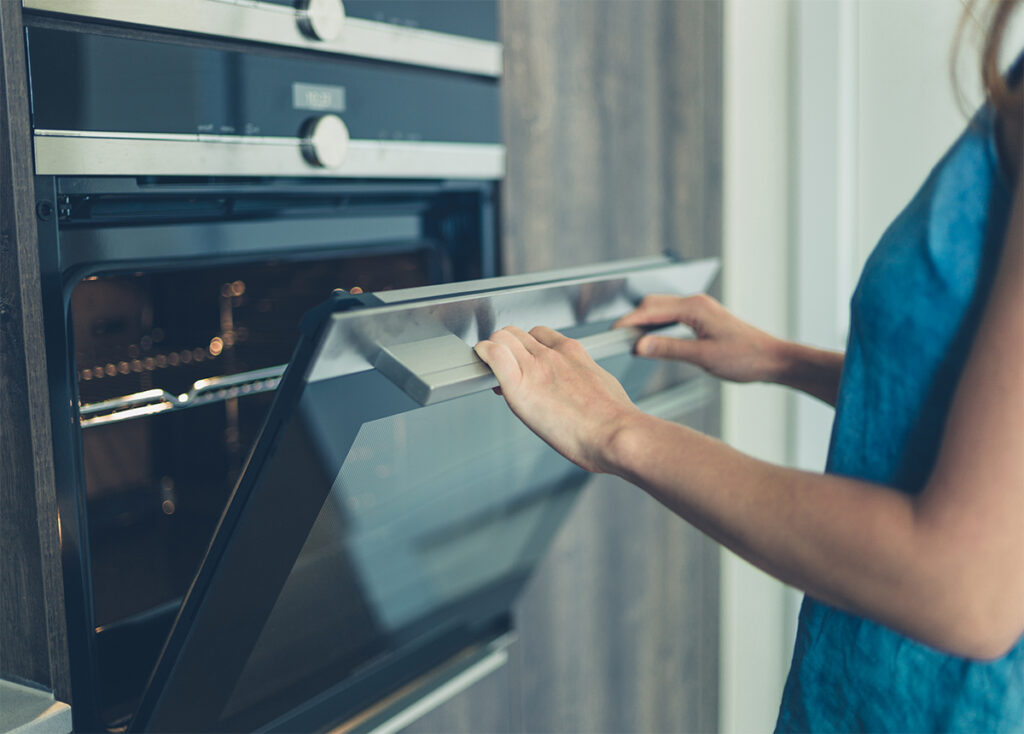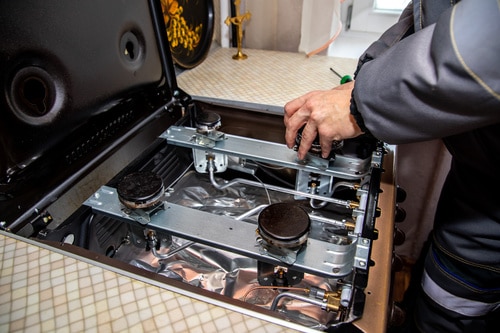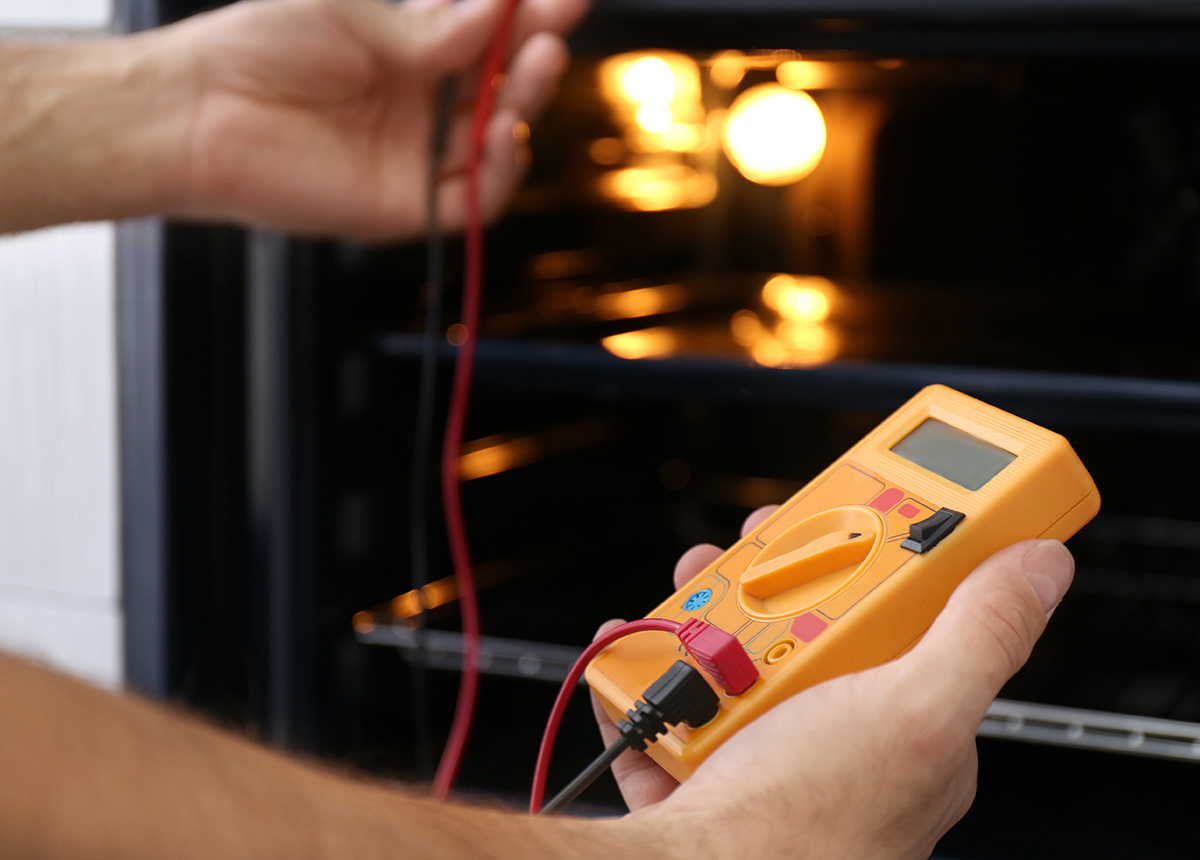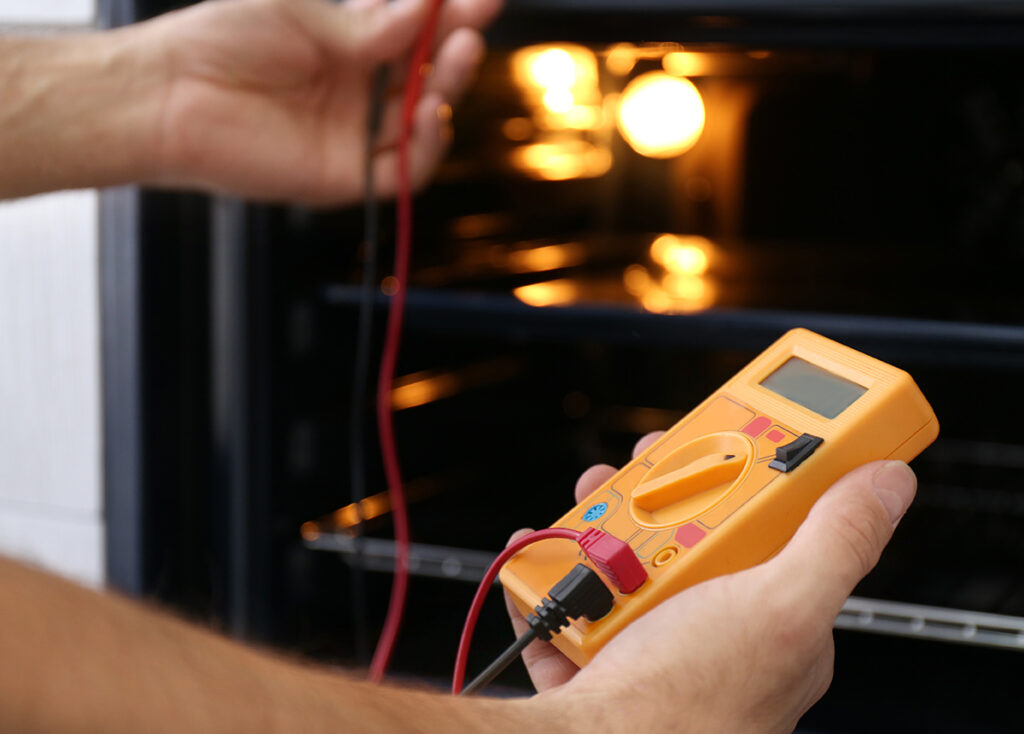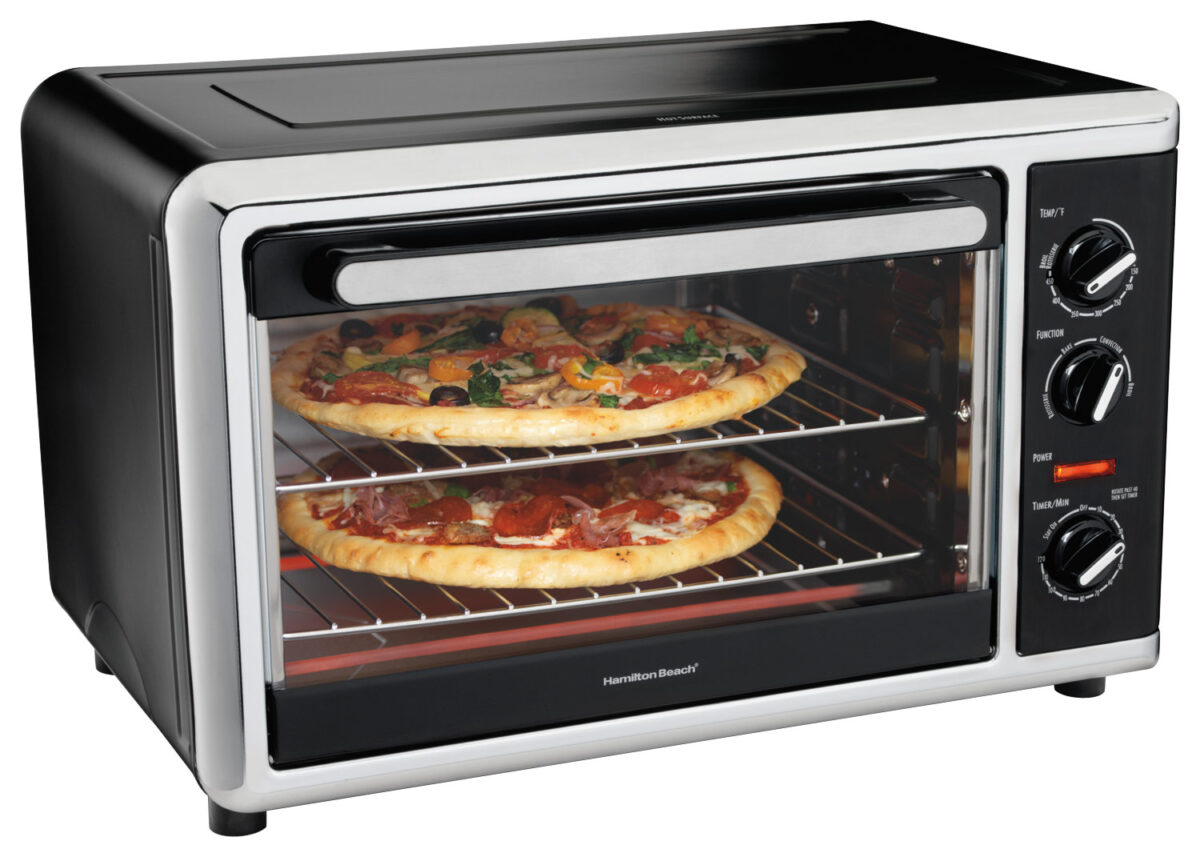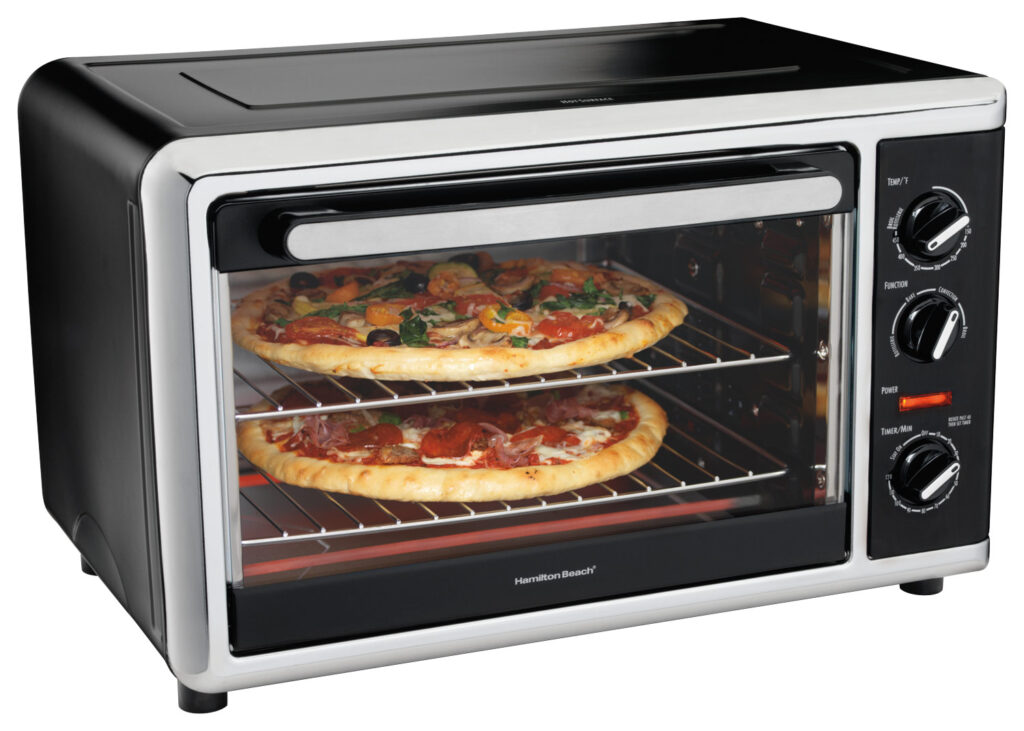Common Oven Repair Issues
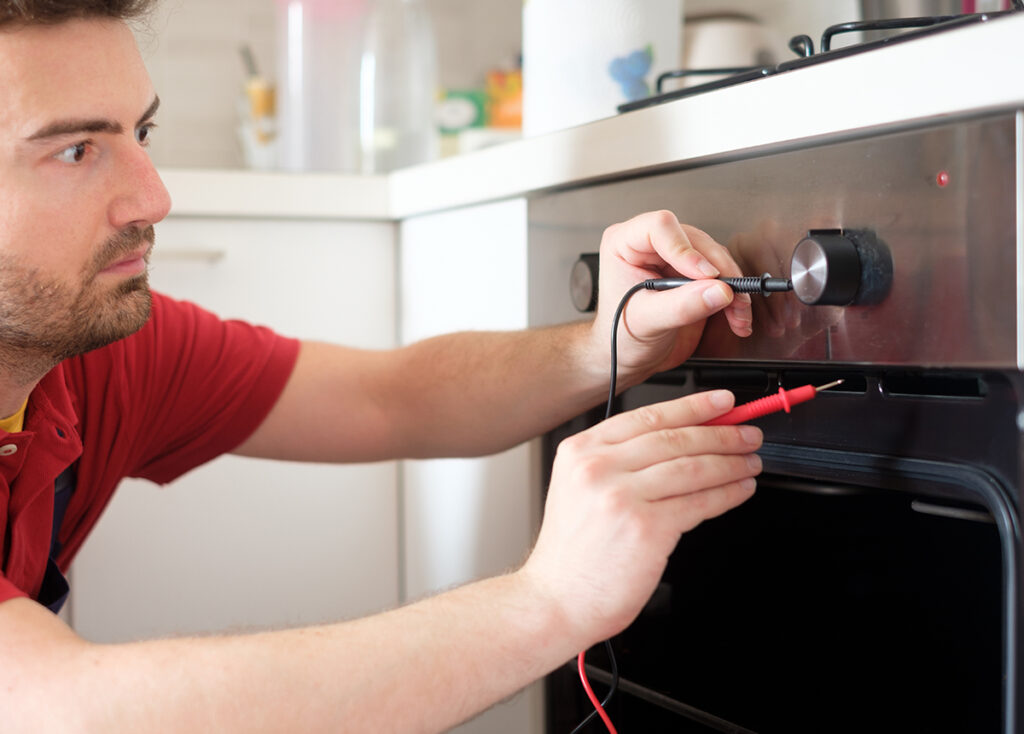
In many homes, the stove and oven are some of the most used appliances, so it is just normal that they get a lot of wear and tear. This could lead to several issues, but most are easily fixed.
Here are some of the common oven issues that you’ll want to look out for:
Damaged coil
One of the most common oven issues is loose or damaged coils. It can be easy to damage or loosen your coils through constant wear and tear or when you are always using large pots and pans. That is why when you see a coil that is beginning to wear out or break, it must be replaced immediately. Fortunately, you can avoid loose coils by using the right-sized cooking pots on your stoves.
Improper heating
If you notice that there is an uneven heating on your oven’s top coils. This could be caused by a faulty coil or incorrect connection. You can try swapping out the coil to identify where the issue lies. If the problem is the coil, you should get in touch with a professional oven repair specialist since they are qualified to replace the coil for you. If that doesn’t work, then it could be a connection problem.
Gas oven won’t light
When a gas oven doesn’t light, it could be caused by leakage or a problem with its hose. You will also notice a clicking noise but there is no sign of light just the smell of gas. If this happens, you can expect there is an issue with the gas flow or ignition switch. Once you identify the problem, we recommend calling a local appliance maintenance specialist to check and fix the issue.
Oven keeps on clicking
When your oven is clicking even if you switch it off, and it may even prevent the burner from lighting, there might be something blocking its burner. You will need to check the burner cap and determine if it hasn’t been knocked out of place or there are no debris blocking the holes. Food stuff can easily get stuck in the oven grates and must be removed using a slim metal object or paper clip. But it would be best if you didn’t use anything flammable or breakable like toothpicks or plastic forks.
If the clicking continues and you notice that there is excess moisture trapped in the oven. You can try pointing a fan at the oven’s interior to soak up some of the extra grease or water that may have spilled inside the oven.
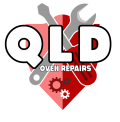
Call Us Now
(07) 3123 6792
Copyright © 2020 – Oven Repairs Brisbane. All Rights Reserved.
